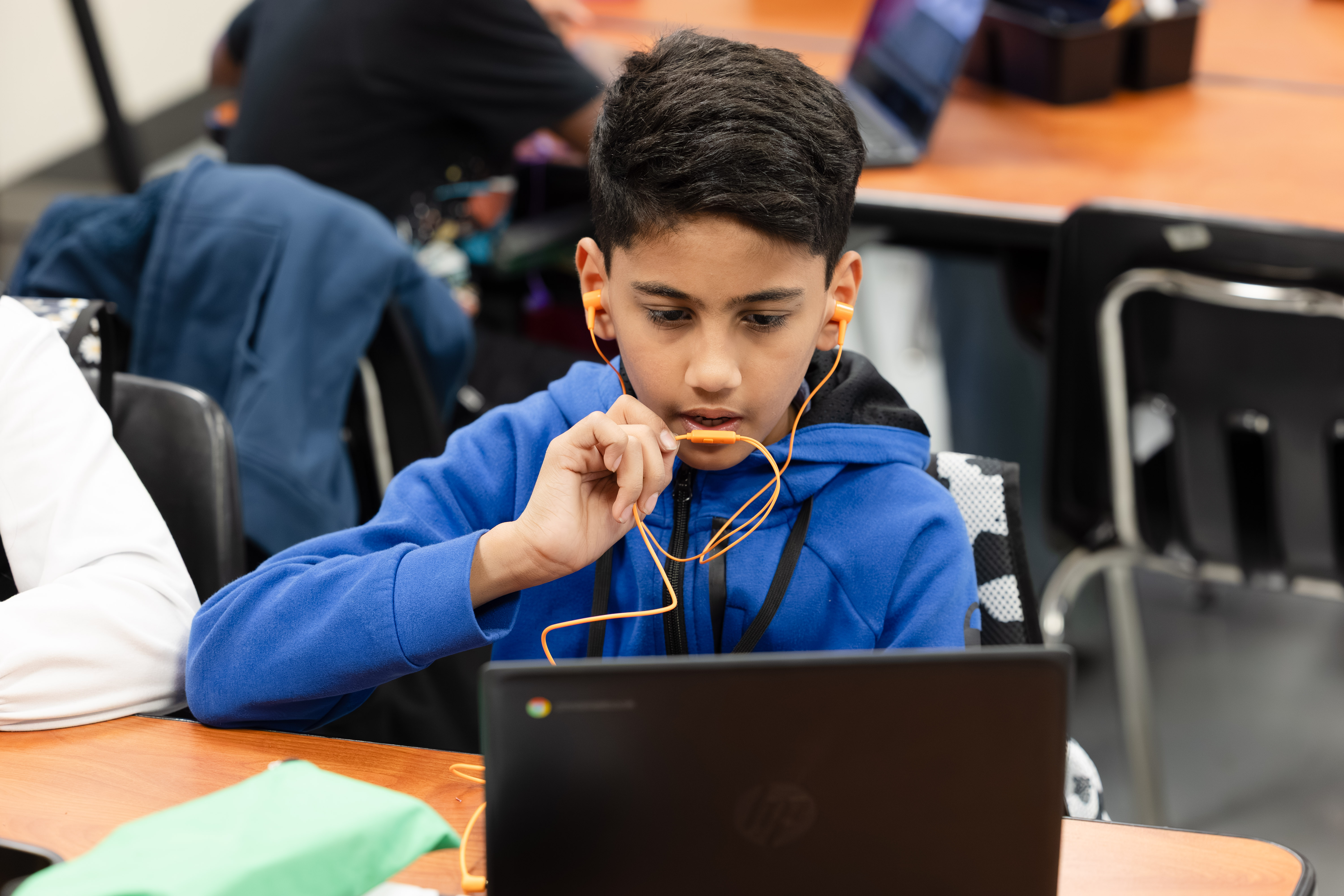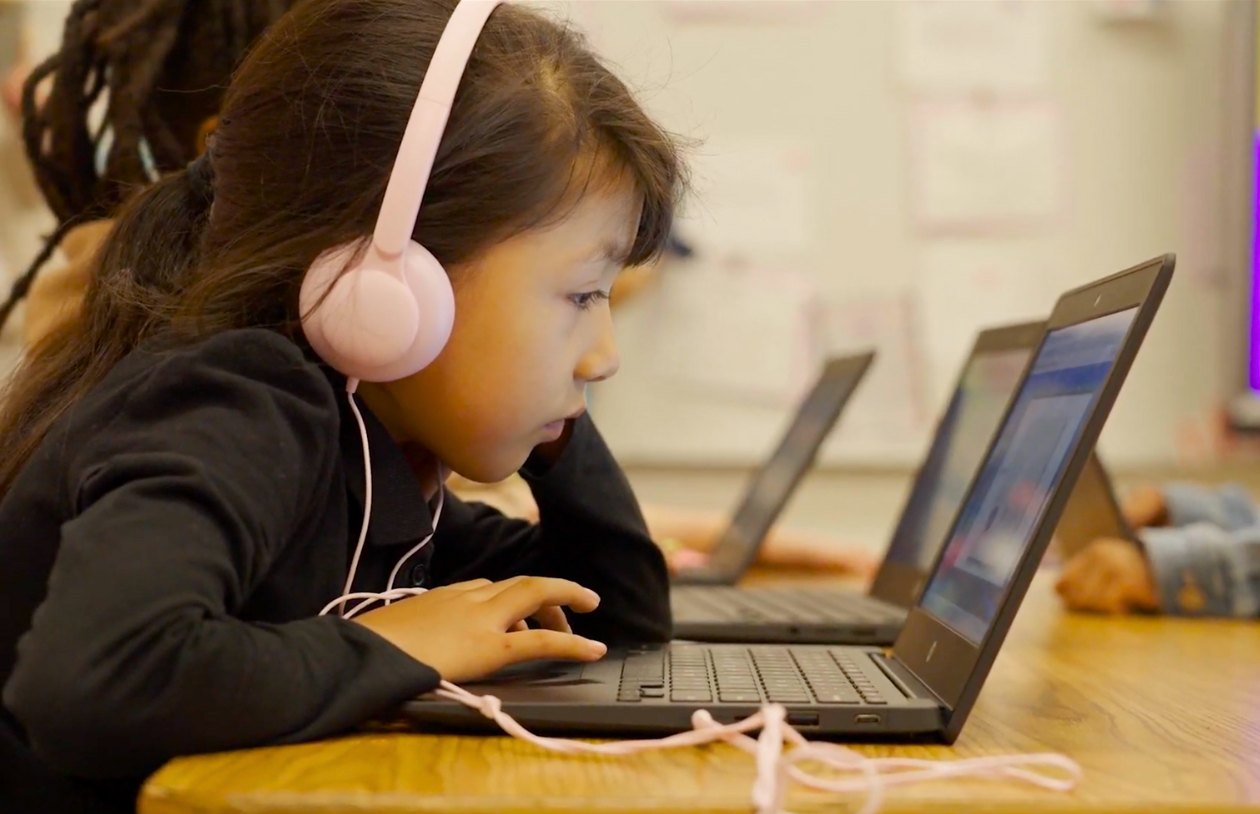Essential Tips for Leveraging EdTech to Boost English Learner Achievement

Achieving Growth for English Learners
Over five million students in US public schools are learning English as a second language. That’s more than 10% of the public school population overall, and in some states nearly 20% are English learners, or ELs. These percentages are trending upward, leading the National Education Association to anticipate that some states will see their EL student populations rise to 25% of their total students in the 2025-2026 school year.
Sadly, resource allocation isn’t reflecting this demographic shift. Nationwide most ELs are struggling academically because of inadequate instruction. Long-term this can compromise their readiness for higher education, gainful employment, and participation in American democracy. More immediately, having negative experiences with English can hurt children’s self-confidence and lead to social withdrawal.
How can districts properly serve their EL populations? If a school’s top resource is its teachers, then optimizing teachers’ time can help ELs succeed. In this regard, educational technology (EdTech) can be a valuable classroom aid.
Utilize EdTech to Save Teachers Time
While all educators could benefits from more time, EL teachers in particular need to optimize their time to adequately address the unique and diverse needs of each student in their classroom.
From the start of the school year, testing can consume a lot of time — in some districts assessing ELs can take weeks! This moves back the starting line for the academic year, setting ELs behind their peers who speak English as their first language.
Fortunately more schools are embracing adaptive EdTech. With programs like Istation, assessments automatically adjust to students’ needs, saving teachers valuable time in data collection. Such programs automatically analyze student scores and indicate the next areas for instruction. For an extra timesaver, teachers receive links to relevant lesson plans and other Istation resources.
As you consider EdTech to boost student achievement, review these tips about helping ELs reach proficiency.
Tip 1: Work with grade-appropriate knowledge.
It might seem obvious that appropriate education for ELs helps develop grade-level knowledge and skills, but when schools lack adequate EL resources, teachers tend to assign content that’s below grade level. For instance, fifth graders might read from third grade textbooks because the vocabulary is simpler. This could inadvertently convert EL education to remedial education regardless of students’ background knowledge and cognitive abilities.
Istation professional development expert Jami Herbst explained, “You want to keep them at that fifth grade level of knowledge and skills, but you also want to be able to shelter, scaffold, or support it so that students can understand the topic.”
The best EdTech programs supply teachers with grade-level materials to target identified goals.
Tip 2: Use assessments that are nationally normed.
Not all academic assessments are nationally normed; some are tested only with local research participants or other narrow samples of the population. The most valuable tests show results alongside nationwide data, letting schools know how their learners perform in comparison with others across the country.
To meet this end, Istation gives each classroom an Istation’s Indicators of Progress (ISIP™) Summary Report that shows the numbers of students in each percentile group according to national data. These reports can help teachers plan for whole-group, small-group, and one-on-one instruction.
Tip 3: Teach ELs with blended learning.
Combining digital instruction with more traditional methods can help ELs maximize their achievement. Online learning lets students work at their own pace, which helps build self-confidence. It also ensures that students with advanced abilities receive advanced content. Meanwhile, traditional classroom activities allow students to practice spoken language while building community.
To help teachers plan for small-group instruction, Istation can generate Priority Reports about EL skills. These reports suggest specific, ready-to-go resources and indicate which students would benefit the most from them.
About Istation
For more than 25 years, educators have turned to Istation as an all-in-one solution for online assessment, instruction, and personalized learning. With Istation, your school gets a time-saving program that powers pre-K through 8th grade student achievement in reading, math, and Spanish literacy.
Rooted in research and designed to engage students in the classroom and at home, Istation’s innovative platform drives instructional efficacy and elevates learning to superhero heights!
Read more from the AI & The Reading Brain Blog


.avif)
